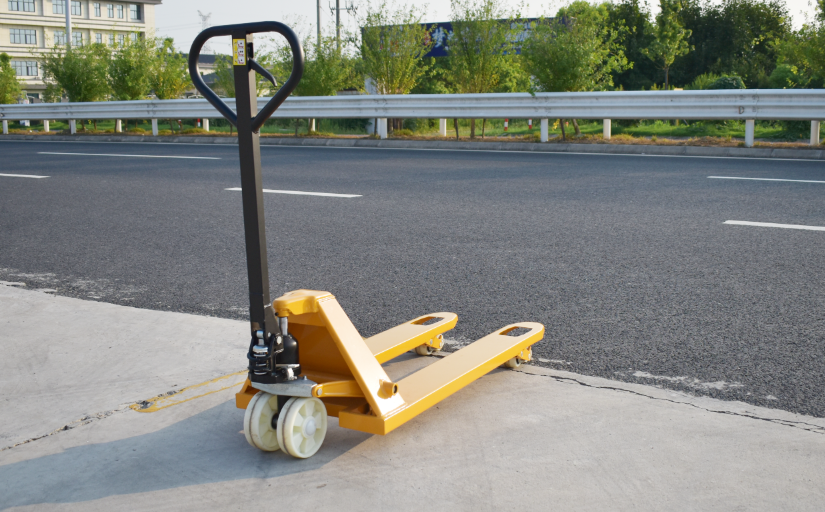How to Safely Drive a Pallet Truck on a Ramp
Understanding the Risks
Driving a pallet truck on a ramp, whether it's manual or powered, presents unique challenges. The incline or decline can affect the truck's stability, maneuverability, and braking ability.

Essential Safety Tips
-
Assess the Ramp:
- Condition: Ensure the ramp is in good condition, free of debris, and has adequate traction.
- Slope: Avoid ramps that are too steep, as they can compromise the truck's stability.
- Width: The ramp should be wide enough to accommodate the pallet truck and provide sufficient clearance.
-
Load Placement:
- Center the Load: Distribute the weight evenly on the pallet to maintain balance.
- Secure the Load: Use straps or other securing devices to prevent the load from shifting during transport.
-
Driving Techniques:
- Slow and Steady: Maintain a slow and steady speed, especially on steep inclines or declines.
- Avoid Sudden Movements: Sudden acceleration or braking can destabilize the truck.
- Look Ahead: Anticipate obstacles and changes in the ramp's surface.
- Back Down Ramps: When descending a ramp with a load, always back down with the forks pointing uphill. This provides better control and visibility.
- Use a Spotter: If visibility is limited, use a spotter to guide you, especially on steep ramps or in tight spaces.
-
Truck Condition:
- Battery Level: Ensure the battery is fully charged, especially for powered pallet trucks.
- Hydraulic Fluid: Check the hydraulic fluid level and condition.
- Tire Condition: Inspect the tires for wear and proper inflation.

-
Personal Protective Equipment (PPE):
- Wear appropriate safety gear, including safety shoes, gloves, and a safety helmet.
Specific Tips for Different Pallet Truck Types
-
Manual Pallet Trucks:
- Pumping Technique: Use smooth, consistent pumping to maintain control.
- Foot Brake: Utilize the foot brake to slow down or stop the truck.
-
Powered Pallet Trucks:
- Throttle Control: Use the throttle to control speed and acceleration.
- Braking System: Engage the brake when necessary to slow down or stop the truck.
Additional Considerations
- Ramp Surface: A slippery ramp can significantly increase the risk of accidents. Ensure the surface is dry and free of debris.
- Weather Conditions: Avoid operating pallet trucks on ramps during adverse weather conditions like rain, snow, or fog.
- Training: Proper training is essential for safe operation of pallet trucks, especially on ramps.
By following these guidelines and prioritizing safety, you can safely and efficiently operate a pallet truck on ramps, minimizing the risk of accidents and maximizing productivity.
Post time:Nov.22.2024
